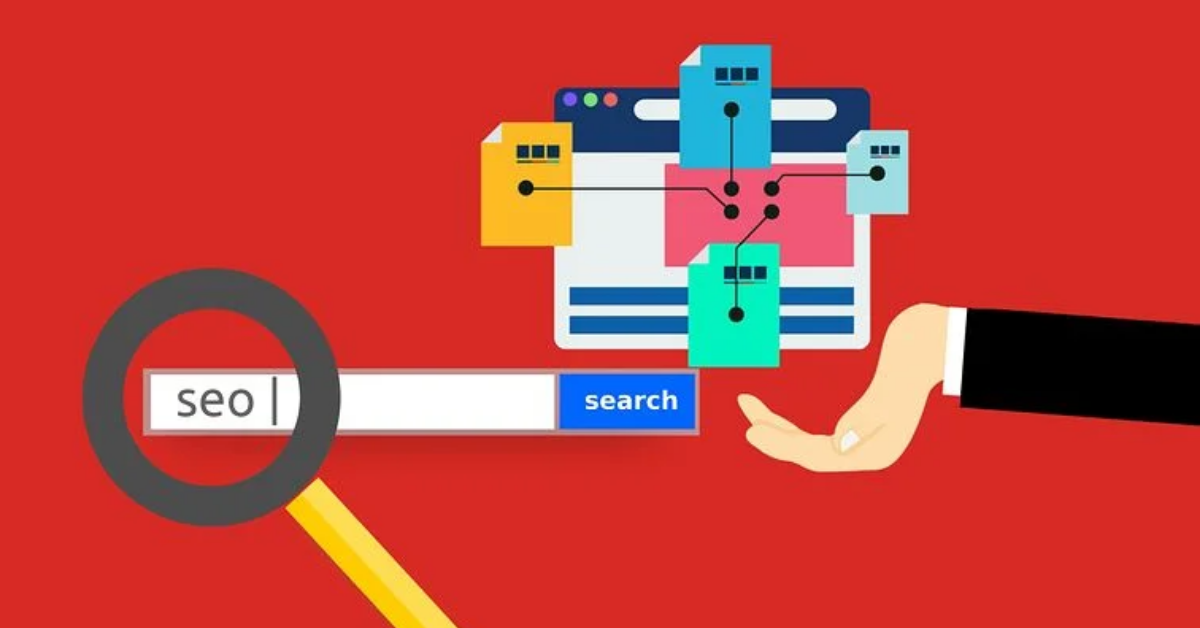A unique social media network stands as a de facto platform for most professionals. With its live launch in May 2003, LinkedIn is one of the oldest mainstream platforms. It was founded by Reid Hoffman, an entrepreneur and strategist who has been a board member of eBay, Google, and Paypal. Hoffman earned his bachelor’s degree at Stanford University and his master’s degree at Oxford University. From Oxford, he landed a job as an editor of a gaming company. From there, he founded one of the first social media networks in Silicon Valley called SocialNet in 1997. Such a startup soon failed, but as Hoffman pitched his ideas to network investors, he eventually founded LinkedIn.
LinkedIn founders were all seasoned executives of reputable companies. This may be the reason why such a social network was designed as a platform for professionals. By 2006, LinkedIn had over 5 million members. This can be accounted for by its shift to paid job ads and subscription options. Today, LinkedIn has 756 million members including 57 million businesses. It has become a very powerful platform in B2B marketing. That is why most LinkedIn Pages aim to increase their LinkedIn followers. Here are some tips and tricks!
Activate Your People
LinkedIn is a platform among professionals. This means that a LinkedIn Page certainly has followers who work for the brand or business. Employees on LinkedIn are the biggest assets of brands and businesses. If they share the same passion as the management, they can invite more followers to a LinkedIn Page. Encourage your employees to keep an up-to-date LinkedIn profile. Invite them to share any new products, developments, or updates. By fostering internal engagement, you can turn your employees on LinkedIn as brand advocates.
Get the Basics Right
A social media agency Hong Kong notes that the most essential step to having a LinkedIn Page worth following is to update your company page information. Fill in all the elements to complete your page including addresses, contact details, logo, and other organizational info. These pieces of information clearly and quickly convey what your business is all about. It is also important to include pertinent keywords relevant to your business. This is because LinkedIn Pages crawled among search engines and rank higher. Never forget to add a CTA on your LinkedIn Page, newsletters, company websites, and other social media pages. An “Invite to Follow” button can jump many followers aboard your LinkedIn Page.
Know and Grow Your Audience
There are lots of insights that brands and businesses can look at on LinkedIn Pages. These insights can be accessed through Page Analytics. They are aggregated data about the demographics and traits of your LinkedIn followers. Through Linked Page Analytics, brands and businesses will be able to know their audiences better. As such, they could grow their community of followers through content that interests them. Aligning your content according to the audiences’ interests will result in shares and re-shares. More people will discover your Page and become your followers. For brands and marketers, LinkedIn ads also offer 200 targeting characteristics.
Join Conversations that Matter to Your Brand
The best way to increase LinkedIn followers, according to a digital marketing speaker Hong Kong, is to continuously engage in the platform. Strong communities are not built by one-way dialogs. Instead, they are built by two-way communications. You may want to join existing conversations relevant to your industry. In this way, you can learn and share new ideas that might help you and other LinkedIn users. A simple way to nurture communication in the platform is to use community hashtags. This makes your followers feel valued. Finding popular conversations, events, and trends can also help a Page’s visibility on LinkedIn. By joining them, you can create real-time interactions and engagement.
Publish Thought Leadership Content
The best platform to publish educational content is LinkedIn. It is a thriving community of entrepreneurs, marketers, and leaders who long for knowledge. Around 88% of LinkedIn users who are decision-makers in a business agreed that content plays a crucial role in LinkedIn’s presence. Thought leadership content is relevant and well-researched posts. They display an author’s expertise and experience in a certain industry or niche. A video marketing agency Hong Kong notes that LinkedIn users are more likely to share video posts 20x than other content formats. On the other hand, live streams get 24x more comments and 7x more reactions. To gain insights on resonating topics, LinkedIn users can check its content suggestion features.
The Bottom Line
LinkedIn may not have as many followers as other social media platforms. But by being a unique platform for professionals, it has proven to boost conversion and engagement among brands and businesses. This is why it is important to grow your followers and impact on LinkedIn. Your LinkedIn Page serves as your social homepage that gets discovered by online communities. By investing a little energy and time to update it and interact with your followers, you are sure to grow your Linked community.





